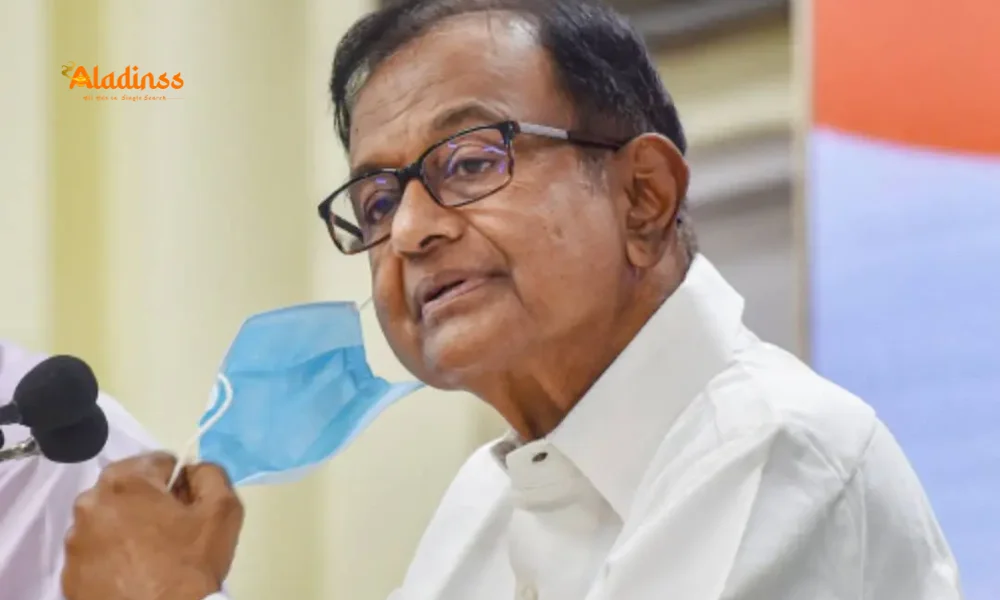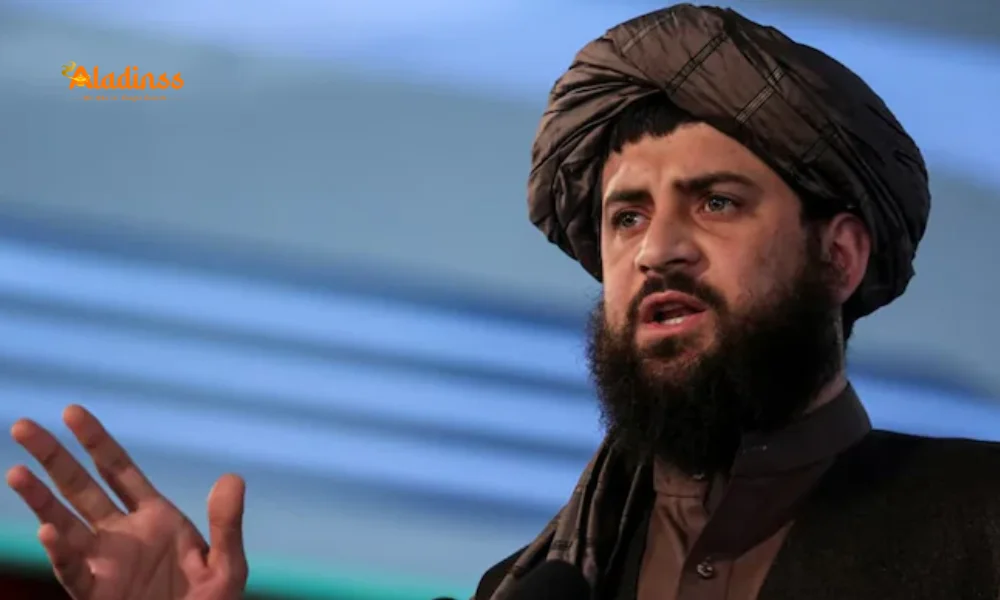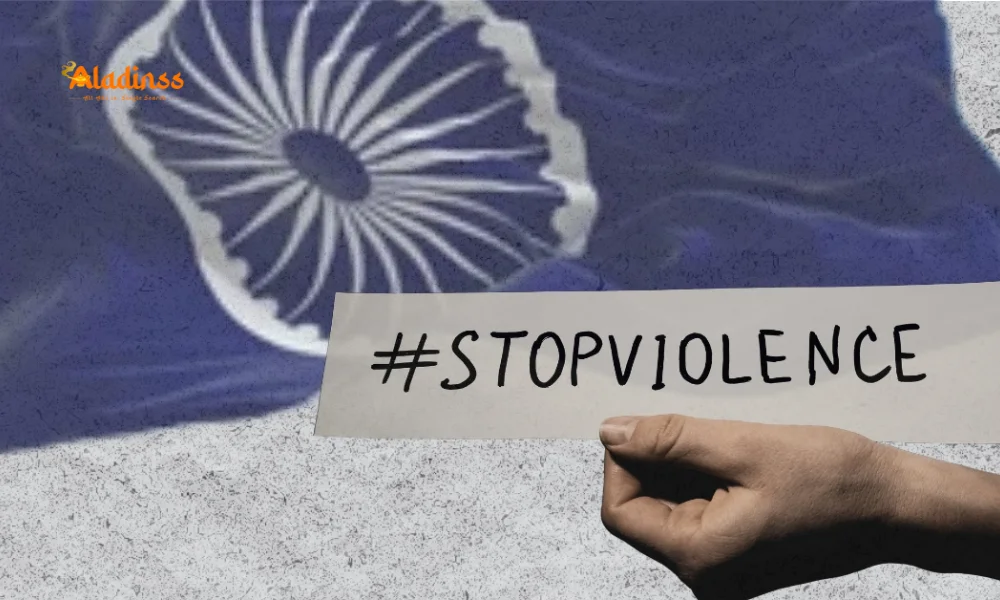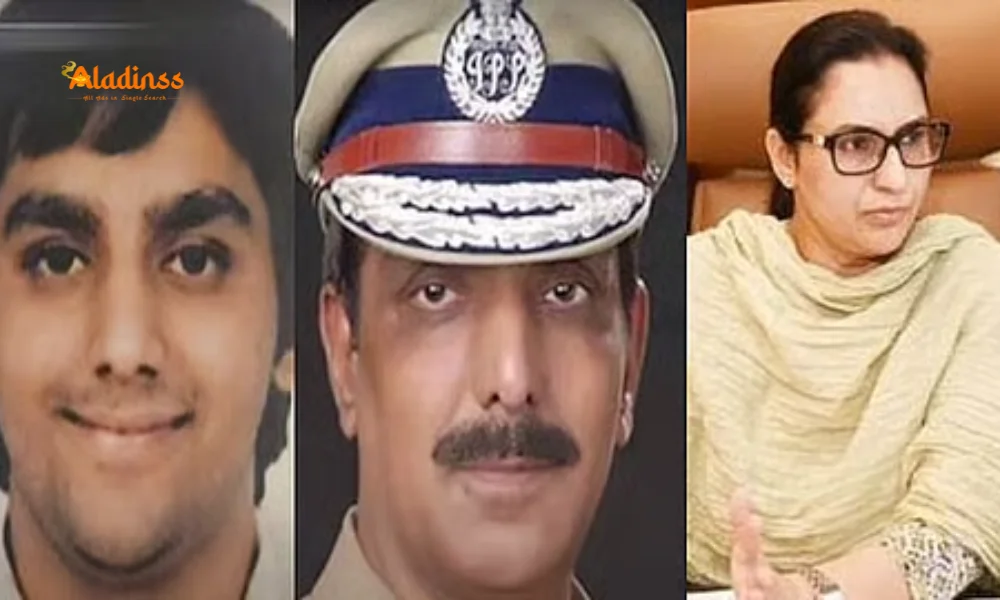Delhi Chokes After Diwali: Firecracker Ban Ignored, Pollution Levels Soar
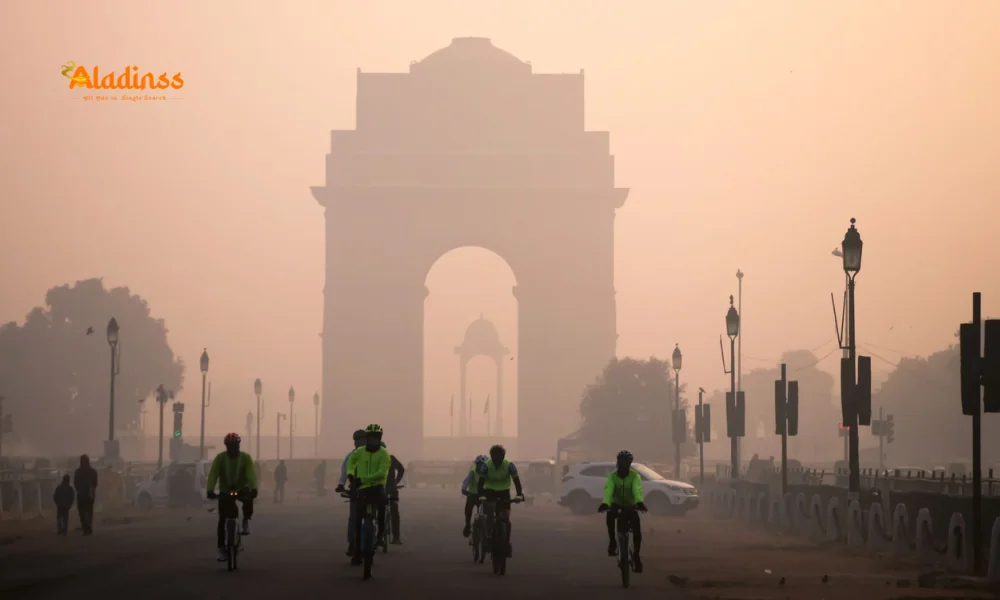
Delhi’s Air Turns Toxic Post-Diwali Despite Fewer Farm Fires
Despite a significant reduction in farm fires and warmer weather, Delhi woke up to a toxic haze on October 21, 2025, following Diwali celebrations. The Air Quality Index (AQI) plummeted to the ‘very poor’ category (300-400), with peaks nearing ‘severe’ levels due to widespread firecracker use. This surge in Delhi air pollution offset gains from a drastic drop in stubble-burning incidents in neighboring states like Punjab, highlighting the dominance of local emissions in the capital’s worsening air quality crisis.
The ‘very poor’ AQI levels pose serious health risks, with prolonged exposure potentially causing respiratory illnesses, especially if the AQI crosses 400 into the ‘severe’ category. Despite efforts to curb pollution, the unchecked use of firecrackers during Diwali has once again pushed Delhi’s air quality to alarming levels, raising concerns about public health and environmental sustainability.
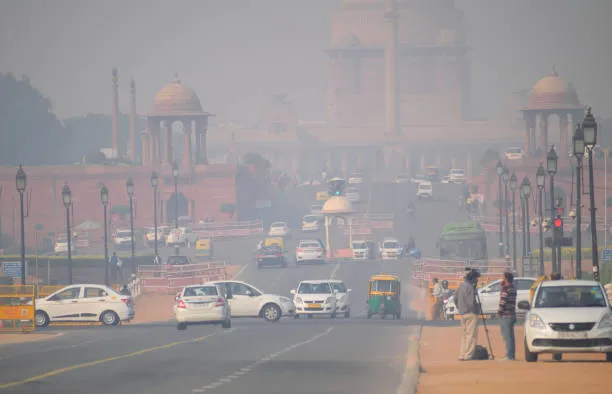
Decline in Farm Fires Offers Little Relief
This year, stubble-burning incidents in six states—Punjab, Haryana, Delhi, Uttar Pradesh, Madhya Pradesh, and Rajasthan—saw a remarkable decline, particularly in Punjab. According to the Indian Agricultural Research Institute (IARI), Punjab recorded only 415 farm fires from September 15 to October 21, 2025, compared to 1,510 during the same period in 2024. This sharp drop, attributed to floods and delayed harvesting, marks a significant improvement from 10,791 incidents in 2020 and 1,764 in 2023.
Among the 1,729 farm fire incidents recorded across the six states this season, Uttar Pradesh led with 660 cases, followed by Punjab (415) and Madhya Pradesh (342). Notably, Sangrur district in Punjab, a traditional hotspot for stubble burning, reported just 14 incidents. Despite this progress, the reduction in farm fires failed to mitigate Delhi’s air quality crisis, as local sources like firecrackers and vehicular emissions dominated pollution levels.
Firecracker Ban Ignored, Worsening Pollution
The Supreme Court had relaxed its blanket ban on firecrackers, permitting the use of green firecrackers during specific hours (8 PM to 10 PM and 6 AM to 7 AM) on October 19 and 20, 2025. However, Delhi residents flouted these restrictions, with firecracker use continuing well into the night of October 21. This defiance significantly contributed to the spike in PM2.5 levels, which crossed 250 μg/m³ (‘severe’) after 9 PM on October 20, according to the Council on Energy, Environment and Water (CEEW).
Mohammad Rafiuddin, Programme Lead at CEEW, noted that low wind speeds (below 10 kmph) since October 19 exacerbated the situation, trapping pollutants in the city. The Air Quality Early Warning System (AQEWS) predicts that Delhi’s AQI will remain in the ‘very poor’ range (above 300) for the next two to three days, posing ongoing health risks to residents, particularly vulnerable groups like children and the elderly.
Diwali Pollution Trends: A Growing Concern
Data from Climate Trends reveals a troubling pattern of rising PM2.5 concentrations during Diwali over the past five years, with 2025 recording the highest mean (488 μg/m³) and maximum (675.1 μg/m³) post-Diwali levels. The late-night hours (10 PM to 1 AM) consistently show pollution peaks due to intensified firecracker activity. These trends underscore the challenge of managing Diwali pollution in Delhi, where local emissions overshadow external factors like farm fires.
The Central Pollution Control Board (CPCB) reported an average AQI of 345 (‘very poor’) on October 20, with spikes reaching ‘severe’ levels during the night. The Commission for Air Quality Management in Delhi-NCR (CAQM) has activated Stage 2 of the Graded Response Action Plan (GRAP), which includes measures like dust control, restrictions on polluting vehicles, and bans on open waste burning to curb the worsening air quality.
Local Emissions: The Dominant Polluters
While stubble burning has historically contributed to Delhi’s winter pollution, recent analyses highlight the dominance of local sources. Vehicular emissions, industrial activities, open waste burning, construction dust, and solid fuel use account for the majority of PM10 and PM2.5 pollution in the capital. Among these, vehicles are the largest contributor, exacerbating the air quality crisis during the winter months when atmospheric conditions trap pollutants.
Aarti Khosla, founder of Climate Trends, expressed disappointment at the continued use of firecrackers despite their known health impacts. “It’s disheartening that we repeat the same mistake year after year, ignoring the severe effects on vulnerable groups like children, pregnant women, and the elderly,” she said. The persistent disregard for pollution control measures during Diwali underscores the need for greater public awareness and stricter enforcement.
Health Impacts of Delhi’s Toxic Air
The ‘very poor’ and ‘severe’ AQI levels in Delhi pose significant health risks, particularly for those with respiratory conditions, children, and the elderly. Prolonged exposure to PM2.5 levels above 250 μg/m³ can lead to chronic respiratory illnesses, heart disease, and reduced lung function. Hospitals in Delhi often report a surge in respiratory-related cases post-Diwali, highlighting the urgent need for effective pollution control measures.
The elderly and children are particularly vulnerable, as their respiratory systems are more susceptible to the harmful effects of pollutants. Pregnant women also face risks, with studies linking air pollution to adverse pregnancy outcomes. The continued flouting of firecracker bans exacerbates these health concerns, making it critical for authorities to enforce regulations and educate the public about the dangers of Diwali pollution.
Efforts to Combat Delhi’s Air Pollution
The activation of Stage 2 of GRAP reflects the government’s response to the worsening air quality in Delhi-NCR. Key measures include:
- Stricter dust control at construction sites to reduce particulate matter.
- Restrictions on polluting vehicles, including checks for Pollution Under Control (PUC) certificates.
- Bans on open burning of waste and biomass to curb additional emissions.
- Increased monitoring of industrial emissions to ensure compliance with air quality standards.
These measures aim to address the dominant local sources of pollution, but their effectiveness depends on public cooperation and strict enforcement. The government has also promoted the use of public transportation and cleaner fuels to reduce vehicular emissions, a major contributor to Delhi’s air quality crisis.
The Path Forward: Sustainable Solutions
Addressing Delhi’s air pollution requires a multi-faceted approach that combines stricter regulations, public awareness, and sustainable practices. While the decline in farm fires is a positive development, the persistent impact of local emissions, particularly from firecrackers and vehicles, underscores the need for long-term solutions. Encouraging the use of green firecrackers, improving waste management, and promoting electric vehicles could significantly reduce the pollution burden.
Public awareness campaigns are crucial to changing attitudes toward firecracker use during Diwali. Educating residents about the health impacts of pollution and promoting eco-friendly celebrations could help mitigate the annual post-Diwali air quality crisis. As Delhi grapples with its toxic air, collective action from citizens, policymakers, and environmental organizations will be essential to ensuring a cleaner and healthier future.
Comment / Reply From
No comments yet. Be the first to comment!

